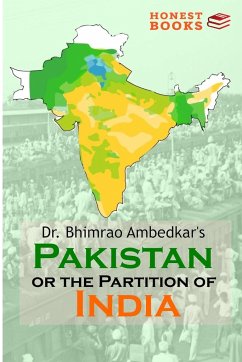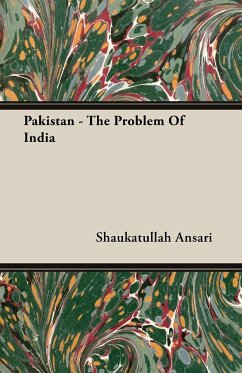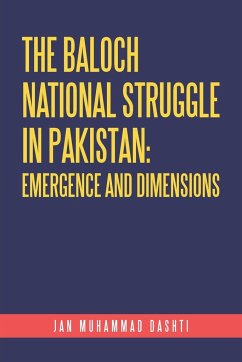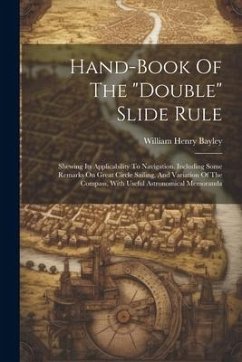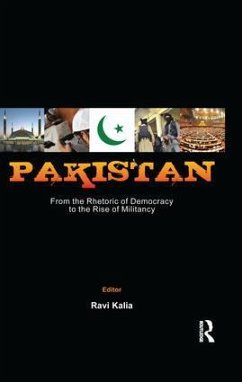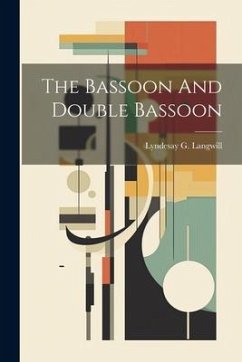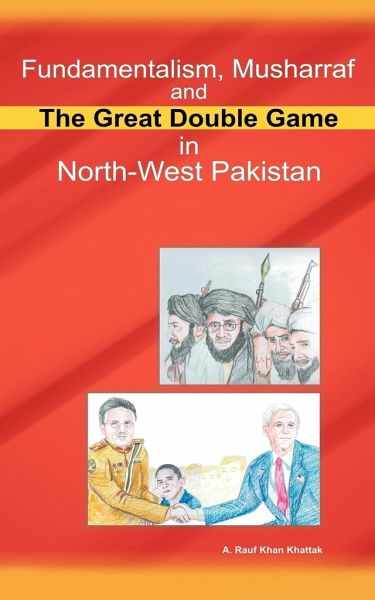
Fundamentalism, Musharraf and the Great Double Game in North-West Pakistan
Versandkostenfrei!
Versandfertig in 1-2 Wochen
27,99 €
inkl. MwSt.

PAYBACK Punkte
14 °P sammeln!
Taliban militancy started in the North-West Pakistan in 2005. It grew worse with time and reached a point in 2009 when Taliban were just 60km away from Islamabad. The US Secretary of State termed it then as "existential threat" to Pakistan. The Pakistan Army has been engaging Tehrik e Taliban Pakistan (TTP) since the beginning but in a way that has raised many questions. It was after 2009 that it started taking it seriously first with operation in Swat and later in South Waziristan. How was it possible for militants to hold against a professional army for so long and are still doing? Federally...
Taliban militancy started in the North-West Pakistan in 2005. It grew worse with time and reached a point in 2009 when Taliban were just 60km away from Islamabad. The US Secretary of State termed it then as "existential threat" to Pakistan. The Pakistan Army has been engaging Tehrik e Taliban Pakistan (TTP) since the beginning but in a way that has raised many questions. It was after 2009 that it started taking it seriously first with operation in Swat and later in South Waziristan. How was it possible for militants to hold against a professional army for so long and are still doing? Federally Administered Tribal Area (FATA) is now considered as hub of Al Qaeda and epicentre for the world peace. While much has been written about the conflict in Afghanistan, there is precious little work done on the conflict in North West Pakistan. This book is about how the militancy arose here, how it was promoted and how it became perverse. It records major events that have taken place in all theatres of conflict so far. It contains the role of different personalities involved and where the blame is to be placed for the deterioration of the situation in this once peaceful area. It has been brought out clearly that the then leaders of Pakistan committed one thing to the US and did another. They wanted to run with the hare and hunt with the hound. That is how it developed into a double game of historical proportion. The objective is to preserve the history of the conflict and its causes for future generations and yield policy conclusions for policy makers of today.



